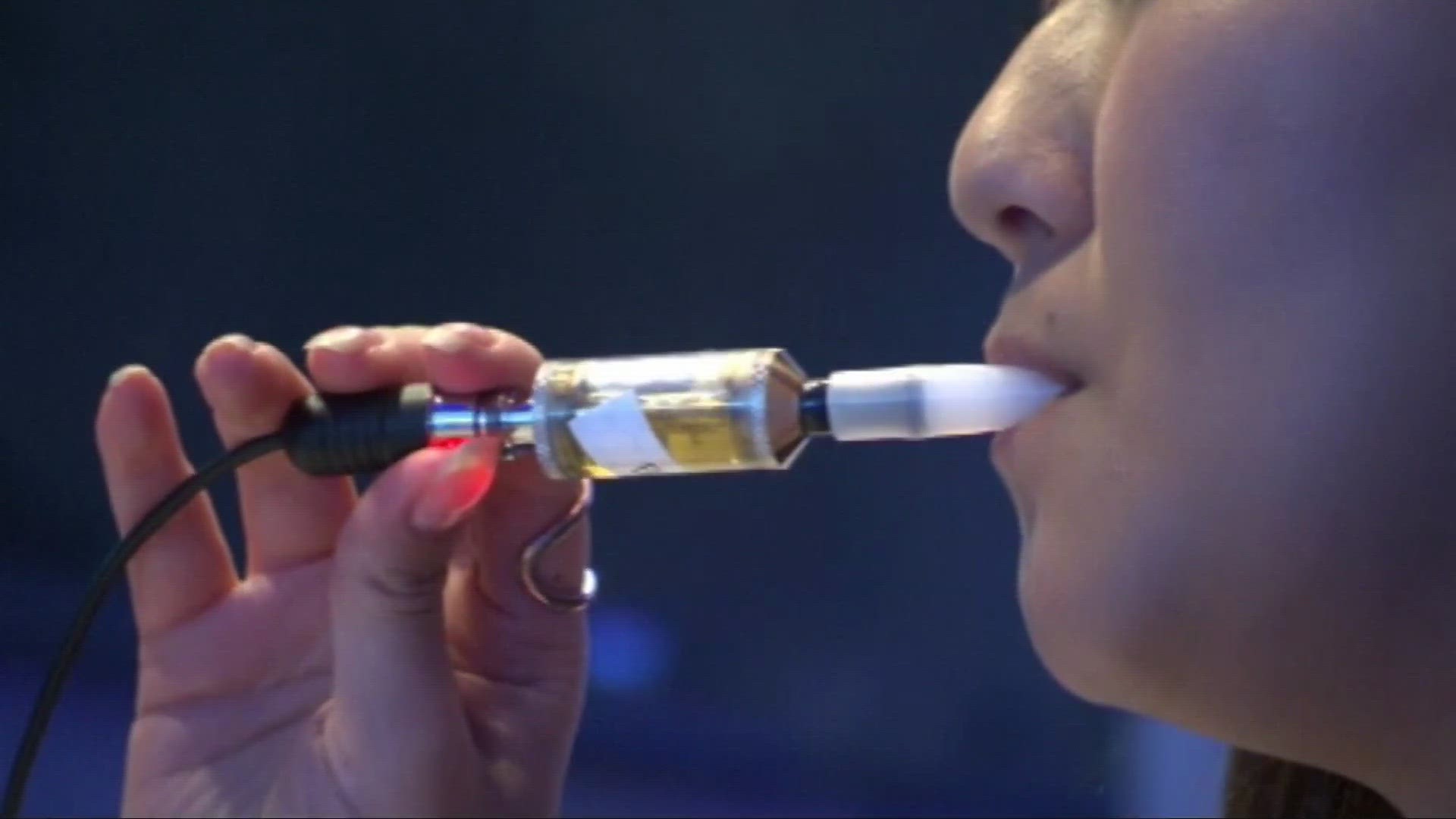CLEVELAND — As a physician for more than a decade, Dr. David Margolius saw first hand what smoking did to his patients.
"Higher rates of heart disease, ephysema, and it's not just lung cancer, it's every type of cancer," Dr. Margolius said.
That's why he's so passionate about Cleveland's proposed ordinance that would ban the sale of flavored tobacco products and require stores to have tobacco licenses.
"Folks are dying in Cleveland at a much higher rate than our neighboring communities, the life expectancy rate in Cleveland is in the upper 60s low 70s whereas in our neighboring suburbs it's in the 80s," Dr. Margolius said.
Margolius is the city of Cleveland's public health director. The decision is up to Cleveland City Council, whose members have been getting an earful from dozens of retailers who oppose the ban.
While they support the public health effort, they say a ban would cause them to lose sales, customers, jobs and even their businesses. The city would lose sin tax revenue and a ban would create a black market.
Margolius knows what the effort is up against.
"Big tobacco spends $430 million in the state of Ohio on advertising and promotions, we spend about $15 million on cessation programs and public health education," he said.
But additional support just arrived in a letter from dozens of health agencies and the NAACP, saying big tobacco has been predatory on communities of color. The letter notes,"Black communities suffer the greatest burden of tobacco-related death, with black adults 32% more likely to die from heart disease and 45% more likely to die from stroke."
Columbus just passed a similar ban in December. In January, Gov. Mike DeWine vetoed an effort to prevent cities from enacting bans.
In the last 30 days, 35% of Clevelanders smoked a cigarette. This data comes from the Behavioral Risk Factor Surveillance Survey Data administered by the Prevention Research Center for Healthy Neighborhoods.
That's nearly three times the national rate of 12.5% and higher than Ohio's rate of 20%.
Margolius says the ban works in other cities and it's especially important to protect kids.
"I think it's like 97% of kids started with flavored products like cotton candy and bubble gum and so we really have to step up for them," he said.

